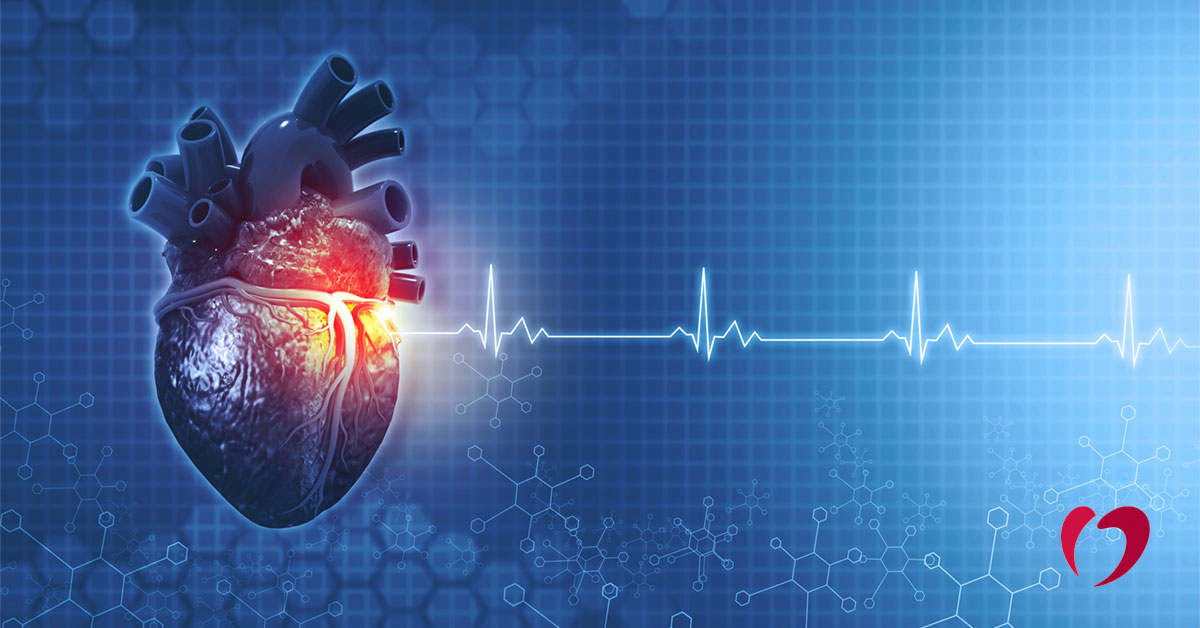Understanding the Heart: Ventricles

The heart is made up of four chambers: two ventricles and two atria. The ventricles are the two lower chambers, which are responsible for pumping blood out of the heart.
The right ventricle pumps blood to the lungs, so it can be oxygenated. After the lungs add oxygen, blood travels back to the heart and enters the left side of the heart. The upper chamber, or atria, receives the blood and sends it to the ventricles. When blood reaches the left ventricle, it pumps the oxygenated blood to all the other organs in the body. Because the left ventricle pumps blood to more body parts that are farther away, it is the largest and strongest chamber.
There are three main types of heart rhythm disorders, or arrhythmias, that occur in the ventricles.
Premature ventricular contractions
Premature ventricular contractions (PVC) are an extra contraction of the ventricle that occur in either the left or the right ventricle. PVC can cause a fluttering sensation, a pounding, or an increased awareness of the heartbeat.
Causes of PVC are not always known. Lifestyle factors like rushing adrenaline, medications, drug or alcohol abuse, or stimulant use can trigger the arrhythmia.
PVC can be both occasional and frequent. Some patients who have infrequent PVC with no other heart conditions do not need treatment other than regular monitoring by their physician. In some rare cases in those with other heart conditions, PVC has triggered dangerous, chaotic heart rhythms.
Ventricular tachycardia
Ventricular tachycardia is a rapid heartbeat caused by a problem with the electrical system in the ventricles. When the heart beats too fast, the heart does not properly fill with blood and therefore cannot pump sufficient blood to the rest of the body.
Episodes of ventricular tachycardia can be non-sustained, or less than 30 seconds. However, when the rhythm is sustained, it can be life threatening and lead to the heart suddenly stopping.
Treatment for ventricular tachycardia attempts to regulate the heartbeat with medication or reset it with cardioversion or surgery.
Ventricular fibrillation
In ventricular fibrillation (VF), the lower chambers of the heart beat chaotically and rapidly. It is the most serious heart rhythm disorder and is a medical emergency. Without treatment, it can cause sudden cardiac death within minutes. People experiencing VF collapse and lose consciousness.
Treatment for VF includes CPR and the use of an AED machine to shock the heart back into a normal rhythm. Sometimes, there are early warning signs before an episode of VF, including rapid heartbeat, chest pain, and dizziness. Seek treatment immediately if experiencing those symptoms.
The ventricles play an important part in how the heart and body function, and arrhythmias in the ventricles can range from a minor annoyance to a life threatening situation. If you’re experiencing any symptoms of an irregular heart beat, contact Oklahoma Heart Hospital to schedule an appointment with one of our Heart Rhythm Institute specialists.
